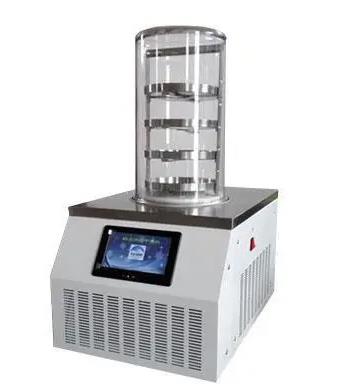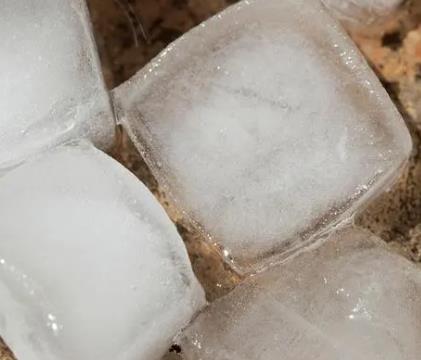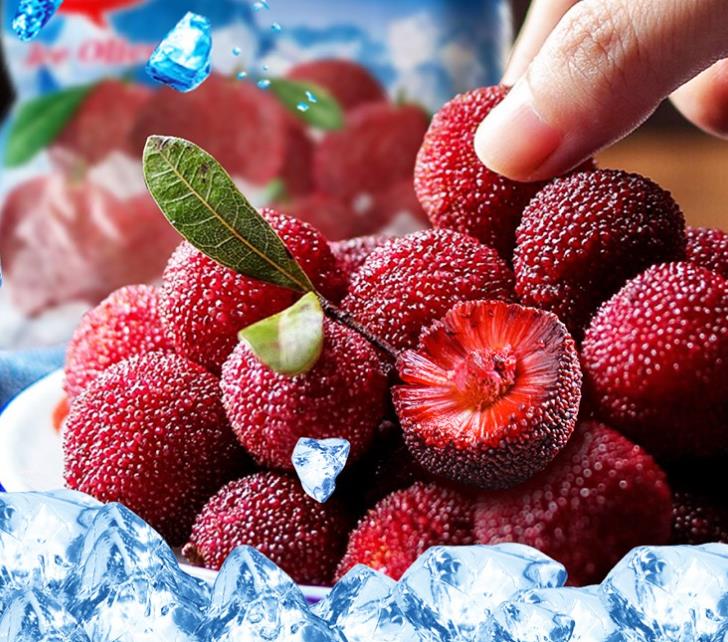Freeze-drying, a term that sounds high-tech and futuristic, actually plays an indispensable role in everyday life. From food preservation to pharmaceutical preparations, from biological sample storage to space food preparation, freeze-drying technology shines in various fields, especially in those requiring long-term preservation of substances. Through its precise three-stage process, it removes the moisture from materials without damaging their structure or nutritional content. So, how does freeze-drying achieve this magical process? Let’s dive into the three key stages of freeze-drying.

The first step in freeze-drying is the pre-freezing stage, which lays a solid foundation for the subsequent sublimation process. In this stage, the “main character”—whether it’s food, medicine, or other materials that need preservation—is rapidly cooled to below zero, causing the moisture inside to freeze into ice crystals.
This process is like hitting the pause button for the material, temporarily halting the movement of water and forming evenly distributed small ice crystals within the material. By quickly freezing the material, large ice crystals can be avoided, as they would damage the cellular structure and affect the drying process later on. The key to successful pre-freezing lies in controlling the temperature and time to ensure that the moisture freezes evenly, setting the stage for the sublimation phase.

The sublimation stage is the most magical part of the freeze-drying process and the core of the entire operation. During this phase, the ice crystals formed in the pre-freezing stage directly transition from solid to water vapor in a vacuum environment, bypassing the liquid phase. This process is called sublimation, where the moisture is removed in the form of gas, with no liquid water stage involved.
To achieve this, the temperature and pressure need to be precisely controlled to ensure the ice crystals are effectively turned into gas while preventing damage to the material’s structure. During sublimation, the material’s appearance and structure remain unchanged, and its nutritional content and flavor are preserved as much as possible. The sublimation stage is like a gentle “dehydration surgery,” removing excess moisture without negatively affecting the material’s quality or nutrition.

The final step in freeze-drying is the desorption stage. During this phase, any remaining moisture in the material is completely removed to ensure the material reaches its ideal dry state. This step is usually carried out at lower temperatures to prevent over-drying, which could alter the material’s structure and properties.
The desorption stage requires extremely precise control, as excessive drying could impact the physical properties of the material, making it brittle or unsuitable for later use. Once this stage is completed, the material has successfully transformed from its original state to its freeze-dried form, ready to take on its next application. Whether it’s food for long-term storage or medicine that needs to maintain its original activity, freeze-drying ensures a long shelf life.
By reviewing the three stages of freeze-drying—pre-freezing, sublimation, and desorption—we can see how this process removes moisture from materials under finely controlled conditions while preserving their original structure and composition. Freeze-drying is not just a simple physical process; it embodies the clever integration of science and natural principles.
From food and pharmaceuticals to the long-term storage of biological samples, freeze-drying finds its application in many fields. Its main advantage is that it preserves the material’s original state as much as possible, allowing it to be restored close to its original form even after long-term storage. As technology continues to develop, the prospects for freeze-drying applications will only expand, bringing revolutionary changes to many industries.